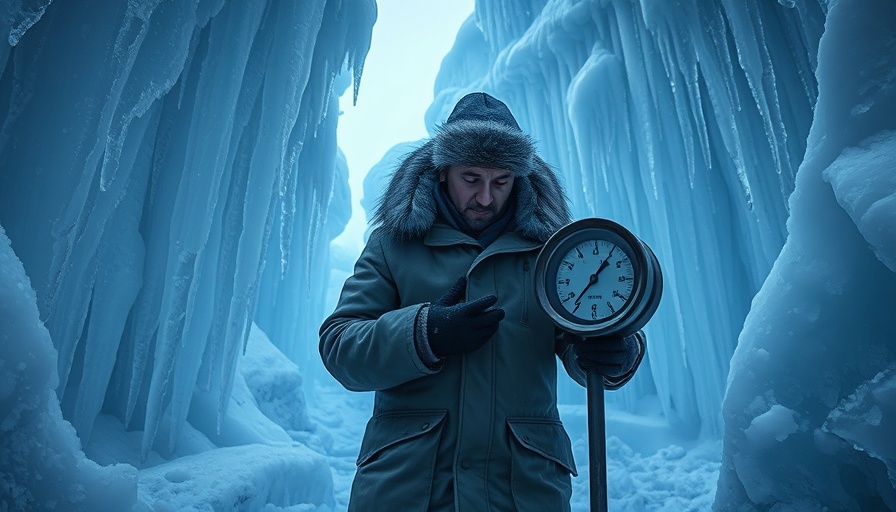
Understanding Cold Climate Heat Pumps
In a world increasingly focused on sustainable energy solutions, cold climate heat pumps are stepping into the spotlight. Despite the common perception that these systems struggle in sub-zero temperatures, advancements in technology are proving otherwise. These pumps draw heat even from frigid outdoor air, providing a viable heating option that promises efficiency and reduces reliance on fossil fuels.
The Benefits of Cold Climate Heat Pumps
One of the remarkable features of modern cold climate heat pumps is their remarkable efficiency. While traditional heating systems might sputter and slow down in extremely cold weather, these pumps have been designed with superior technology that allows them to extract heat from the air efficiently. They operate optimally even at -5°F, meaning homeowners can maintain comfort without overwhelming energy bills.
Why More Homes Aren't Using Them
Despite the compelling advantages, there are barriers to widespread adoption. Some homeowners remain skeptical, influenced by outdated information about older models that struggled in colder climates. Moreover, the initial installation costs can deter potential users, despite long-term savings on energy bills. Education and advocacy are crucial in helping consumers make informed decisions about this energy-efficient alternative.
Real-World Success Stories
Many homeowners across various regions have begun to share positive experiences with cold climate heat pumps. Case studies illustrate how these pumps have not only reduced energy consumption but also provided effective heating even in the harshest winters. For example, families in northern states have reported maintaining cozy homes year-round while significantly lowering their carbon footprint.
Conclusion
The rise of cold climate heat pumps marks a significant shift in our approach to home heating. For those willing to embrace this technology, the benefits—both financial and environmental—are clear. As more people recognize the potential of these systems, we may very well witness a substantial transformation in the heating landscape for years to come.
 Add Row
Add Row  Add
Add 




Write A Comment